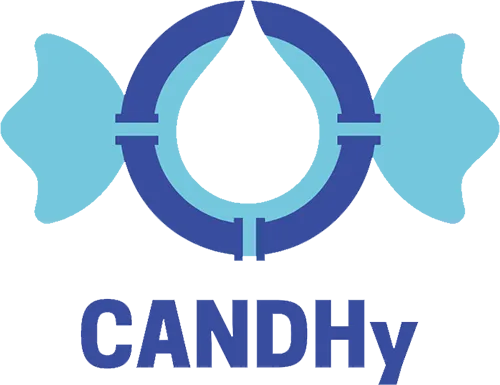CANDHy project tests hydrogen tolerance of non-steel metallic materials
CANDHy project tests hydrogen tolerance of non-steel metallic materials.
The CANDHy project offers a solution by providing the opportunity to test various metallic materials, distinct from the extensively studied steels, using a methodology that involves simultaneous testing in independent R&D platforms with a unified approach.
This approach will yield reliable and reproducible results regarding the hydrogen tolerance of materials that have been overlooked in previous research but are integral to the European low-pressure gas grids. Through the CANDHy project, hydrogen distribution in low-pressure gas grids will become feasible by utilizing comprehensive scientific data and harmonized guidelines specifically tailored for non-steel metallic grid materials.
CANDHy is being coordinated by Aragon Hydrogen Foundation. The initial phase of the project involves a comprehensive assessment of the prevalence of non-steel metallic materials in European distribution grids. It also focuses on establishing testing protocols to evaluate their hydrogen tolerance.
The project aims to document at least five material grades from different families, including cast iron, copper, brass, lead, and aluminum, encompassing both new and vintage materials. Mechanical tests conducted as part of the project will encompass both static and dynamic conditions to evaluate the hydrogen sensitivity of the tested materials, aligning with the most relevant current and updated standards.
In conjunction with the experimental campaign, a semi-empirical model will be developed to further investigate the mechanisms behind hydrogen embrittlement in non-steel metallic materials. This model will provide insights into the fundamental processes and behaviors observed during the tests.
As the project reaches its conclusion, CANDHy will propose pre-normative guidelines, procedures, and areas of development for evaluating materials under hydrogen service conditions. These guidelines will serve as a valuable resource for industry stakeholders and researchers in the field. Furthermore, the results obtained from the testing campaign, along with the developed model, will be made publicly available. They will be accessible through an up-to-date and comprehensive database, ensuring that all interested parties can benefit from the knowledge generated by the project.



